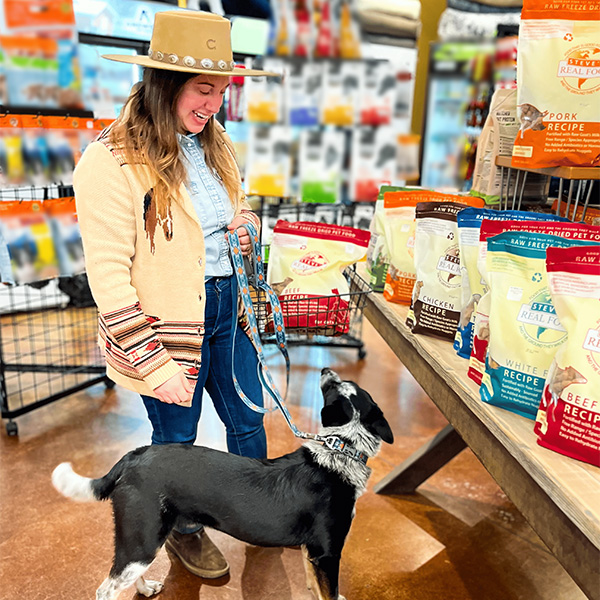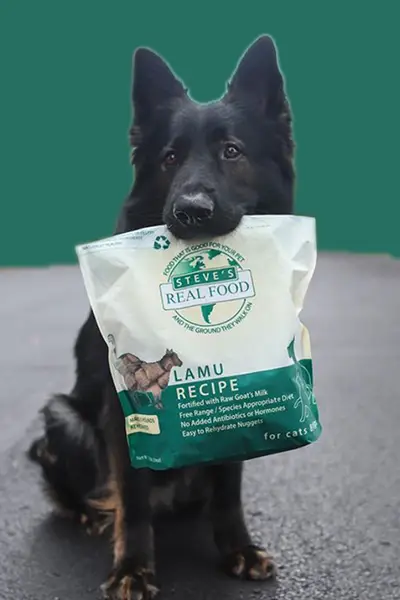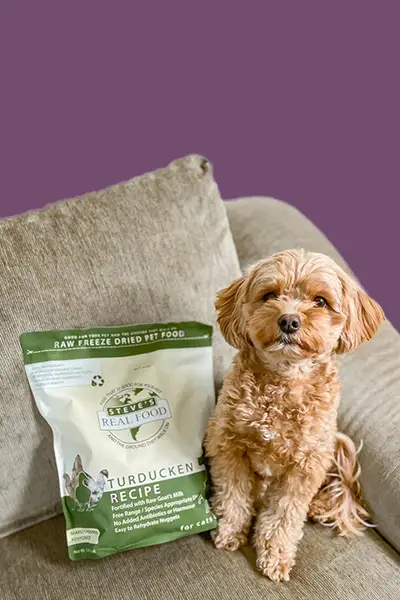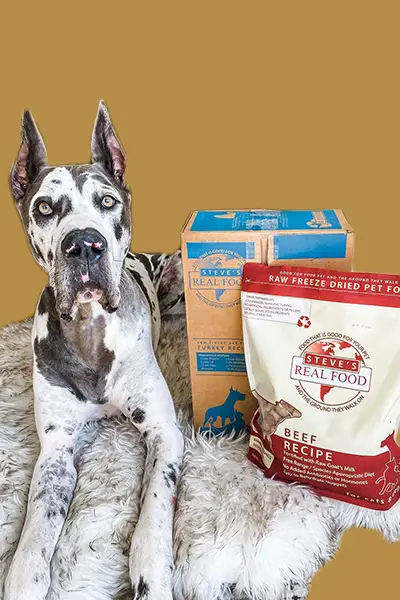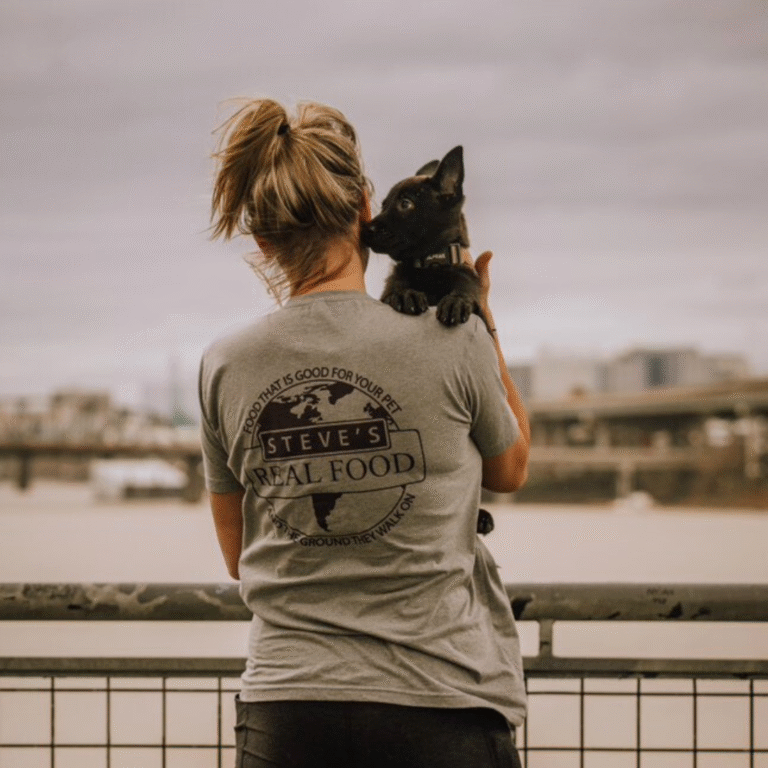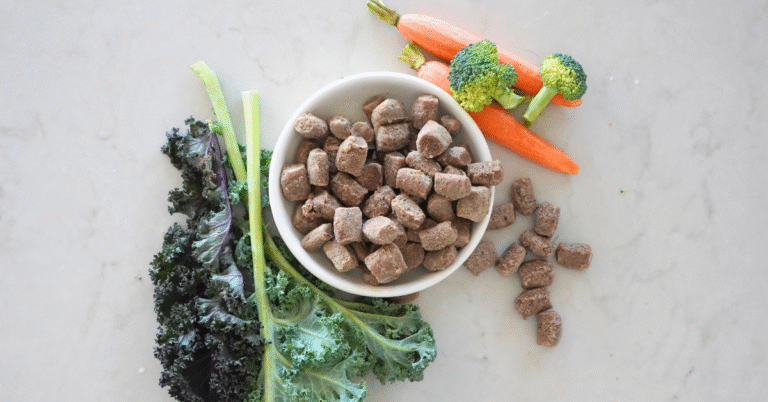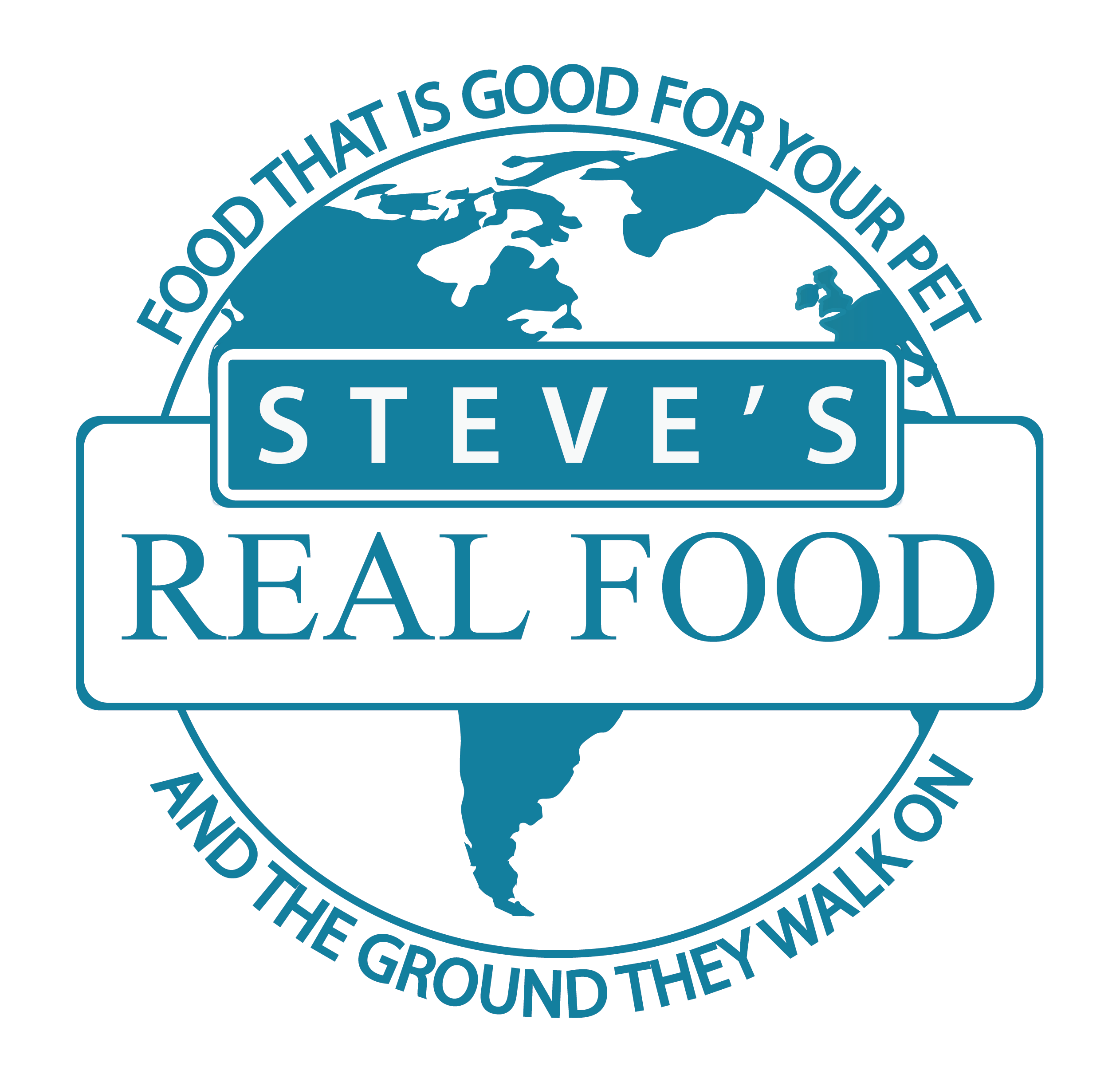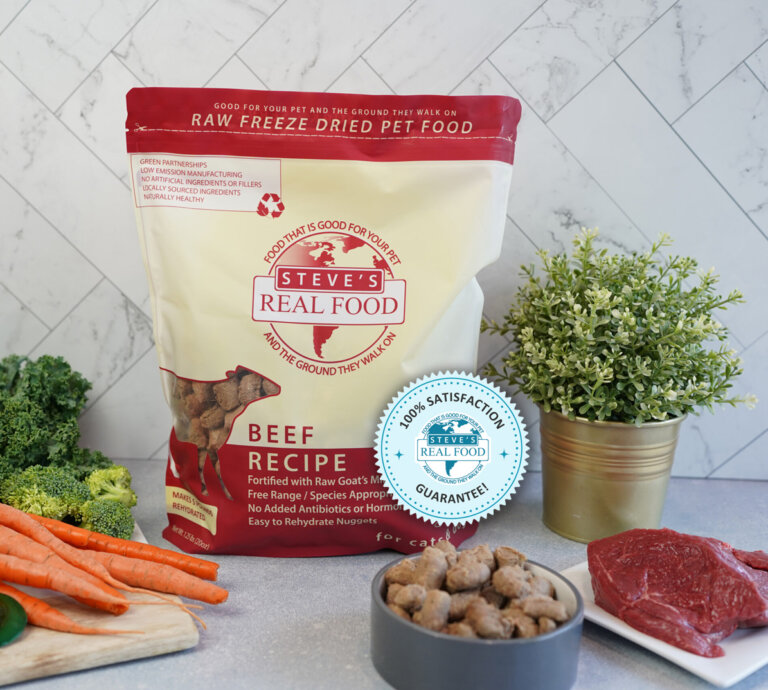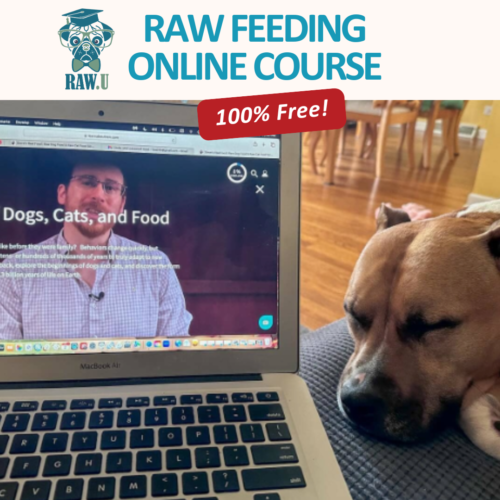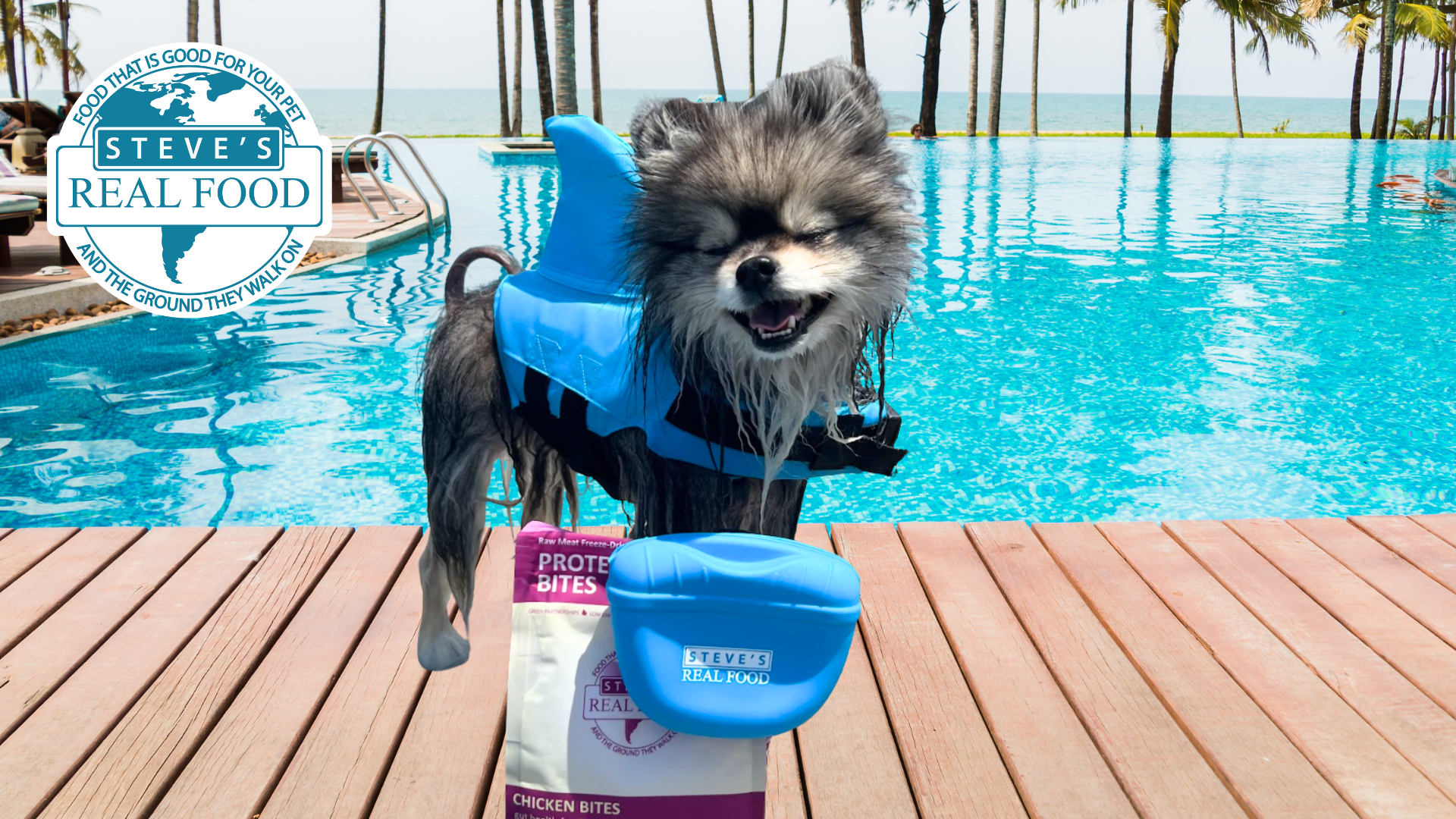Conclusive research shows that both humans and laboratory animals need whole foods, not just vitamin and mineral supplements, to thrive. Scientists are increasingly agreeing that nutrients—especially antioxidants—must be consumed in balance, as complete families of micronutrients work together synergistically. Only whole, raw foods can provide this complex and complete nutritional profile.
Take fruits and vegetables, for example. They contain hundreds of antioxidant compounds such as carotenoids, dithiolethiones, flavonoids, isothiocyanates, selenium, monoterpenes, glucosinolates, and vitamins C and E. These compounds don’t work in isolation—they rely on each other to deliver true health benefits. You can’t replicate that balance with a single antioxidant supplement.
A specific case is selenium, an essential mineral. A federal study (April 2001) revealed that selenium consumed as a supplement offers little to no benefit, while selenium from whole foods—like broccoli—is significantly more effective. That’s why at Steve’s Real Food, we use natural sources like kelp and broccoli to supply selenium.
To be at our best, we—and our pets—need some whole, raw foods in our diets.
What’s Really in Commercial Pet Foods?
If you read the ingredient panel on most dry or canned pet foods (even many premium brands), you’ll often see:
-
Meat or meat meals
-
Grains
-
A few vegetables
-
A long list of added synthetic vitamins and minerals
This is not the same as feeding whole foods. With Steve’s Real Food, all the nutrients come from real, whole food sources—not synthetic additives.
Why Raw?
The Natural Diet of Dogs and Cats
Dogs and cats evolved over hundreds of thousands of years eating raw foods. Their teeth, saliva, digestive tracts, and entire physiology are designed to consume and process raw prey.
Raw foods are rich in enzymes—specialized proteins required for every biological function, including digestion and even thinking. These enzymes are found abundantly in fresh, minimally processed foods. When animals eat raw, they consume not only muscle meat but also enzymes from organs and plant matter.
But enzymes are destroyed at temperatures between 105°F and 170°F, and commercial pet foods are typically cooked at over 300°F under intense pressure. This destroys:
-
All enzymes
-
Many antioxidants
-
Some vitamins and minerals
-
Potentially alters amino and fatty acid structures
The result? Processed food that places extra stress on your pet’s body to produce its own enzymes—possibly more than it can sustainably manage.
Raw Vegetables and Cancer Protection
Research consistently shows that raw vegetables and fruits are strongly associated with lower cancer risks. The same should hold true for your pets.
The Importance of Variety
Science confirms: to be at our best, we need a variety of whole, natural foods. This includes the full range of natural phytochemicals, enzymes, and antioxidants. At Steve’s, we believe the same is true for pets.
Feeding your dog or cat the same food every day can contribute to food intolerances and allergies. Despite what old-school advice says, “never change your dog’s diet” is one of the worst things you can do.
We encourage rotational feeding—variety helps ensure nutritional completeness over time and keeps mealtimes exciting for your pet.
Why Steve’s Real Food is Different
Grain-Free
Dogs and cats aren’t built to digest grain. In fact, cats were originally domesticated to guard grain stores, not eat the grain itself! Grain is commonly used in pet food because it’s a cheap source of calories and helps bind dry kibble—but it doesn’t belong in a biologically appropriate diet.
High Moisture
Natural foods contain a high percentage of water—liver is 72% water, while most fruits and veggies are over 90% water. In contrast, dry kibble often contains less than 10% moisture. Feeding an exclusively dry diet forces your pet to compensate by drinking excessive water, which doesn’t always happen. This can stress the kidneys and urinary system.
High Protein
The natural diet of a dog or cat is high in protein. When measured on a dry matter basis (with water removed), most real foods are over 30% protein:
-
Meats: over 50% protein
-
Vegetables: over 30% protein
We believe it’s unnatural to feed pets a diet with less than 30% protein dry matter, yet many commercial diets fall far below this threshold.
Final Thoughts
The natural diet of dogs and cats is rooted in whole, raw, unprocessed foods—just as nature intended. Their bodies are biologically designed to thrive on a variety of raw meats, organs, and plant matter, rich in natural enzymes, moisture, and a full spectrum of synergistic nutrients. At Steve’s Real Food, we honor this ancestral blueprint by offering a diet made entirely from whole food ingredients—no synthetic additives, no grains, and no compromises. By feeding a rotational, high-protein, moisture-rich diet grounded in real nutrition, you’re supporting your pet’s vitality, longevity, and overall well-being. When we nourish them the way nature intended, our pets can truly thrive.
 Beef
Beef Chicken
Chicken Whitefish
Whitefish Pork
Pork Lamb
Lamb Turkey
Turkey Turducken
Turducken All Protein
All Protein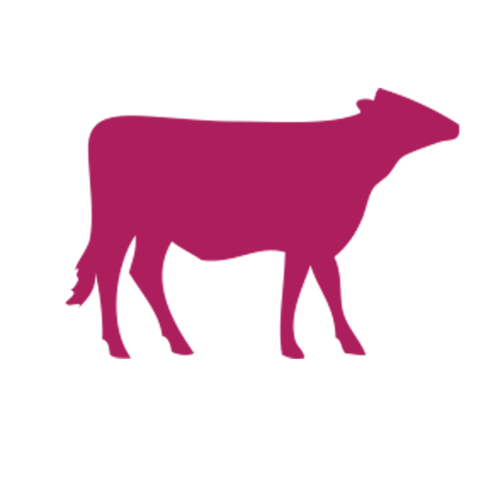 Beef
Beef Chicken
Chicken Whitefish
Whitefish Pork
Pork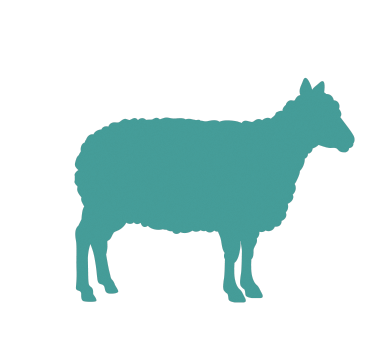 Lamb
Lamb Turkey
Turkey Duck
Duck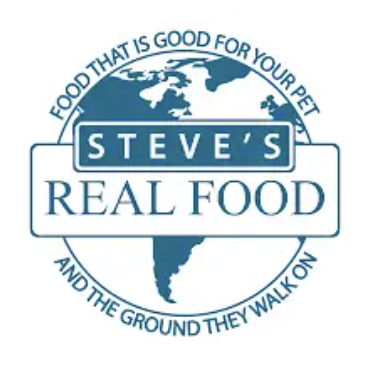 All Products
All Products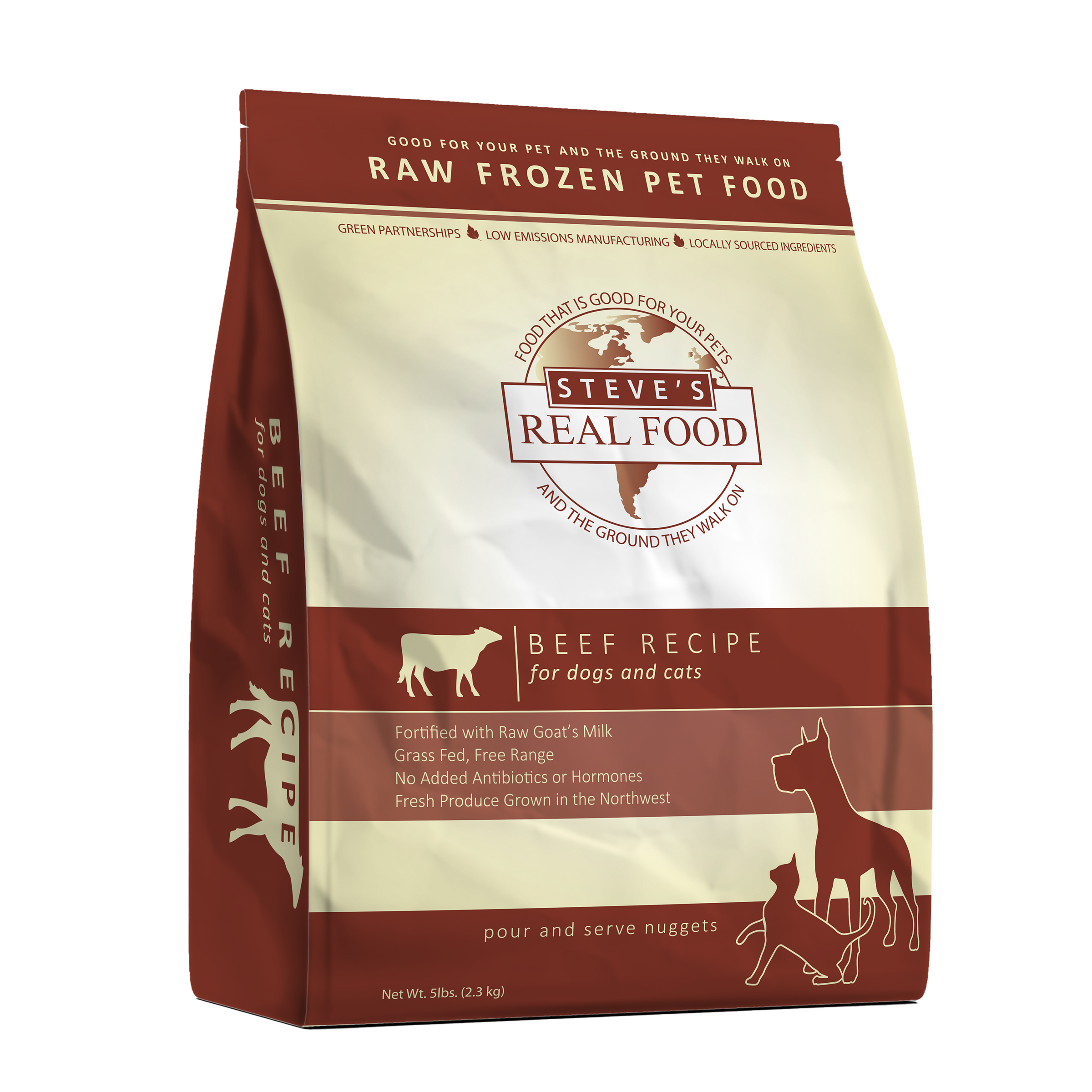 Frozen Raw Pet Food
Frozen Raw Pet Food
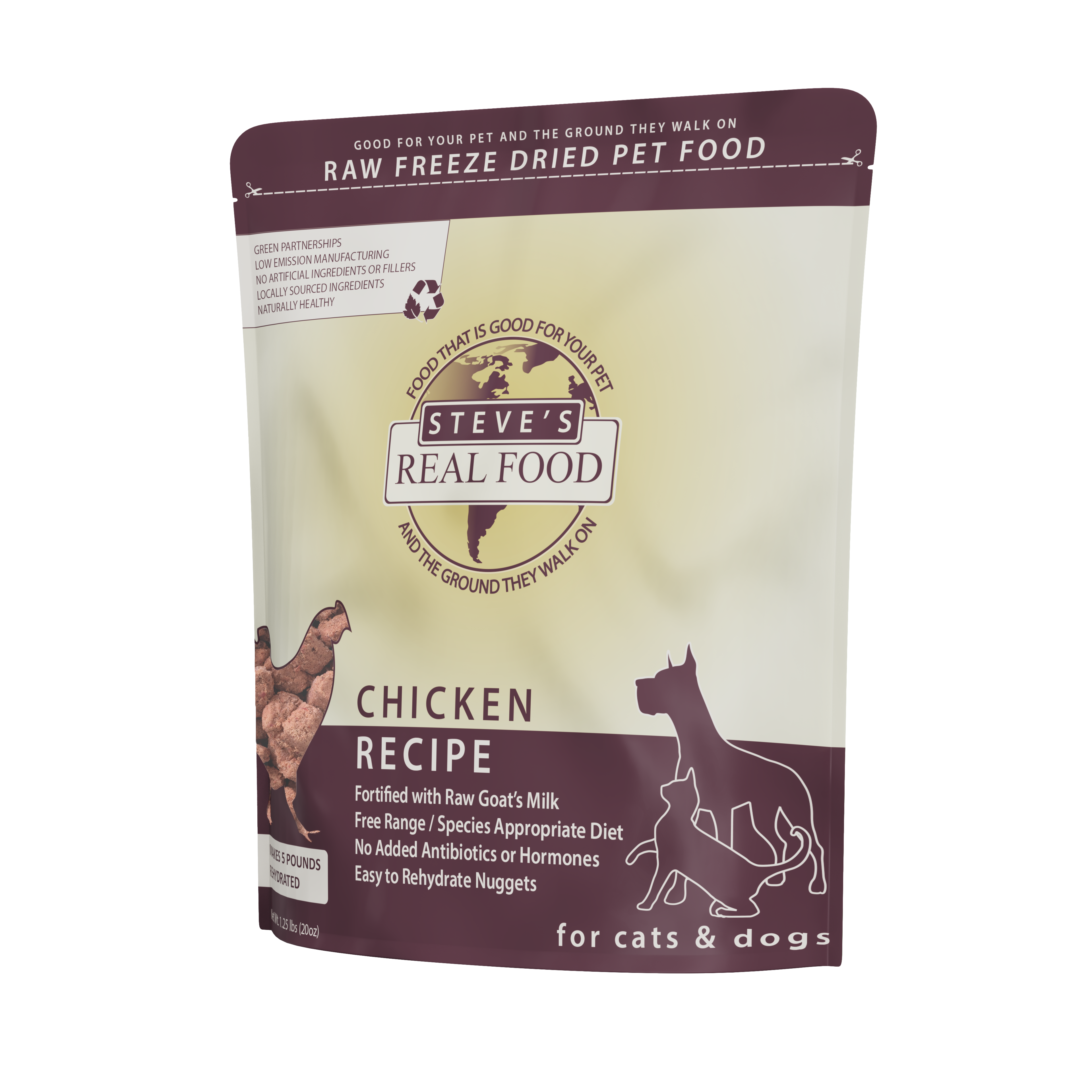 Freeze Dried Raw Pet Food
Freeze Dried Raw Pet Food
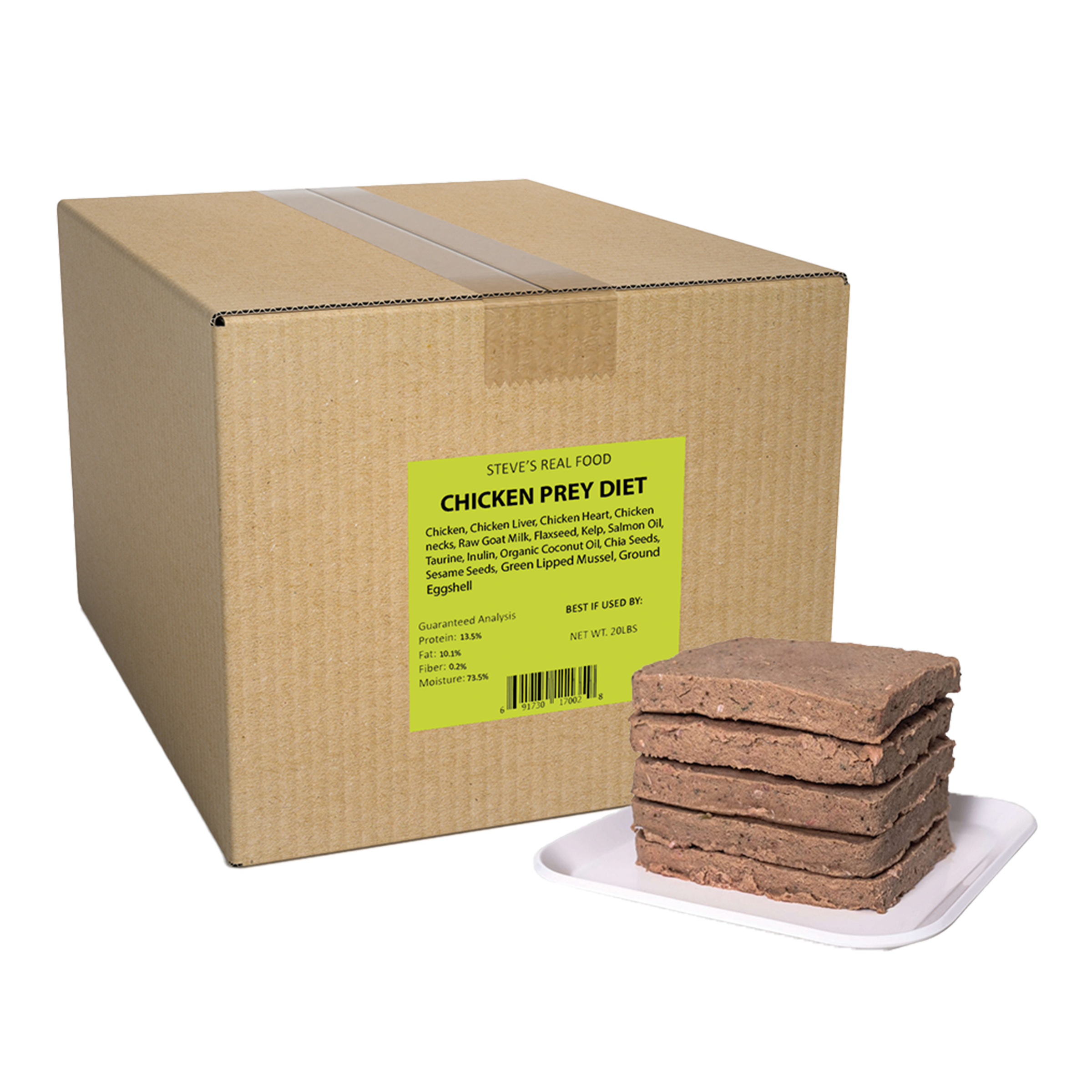 Frozen Prey Diet
Frozen Prey Diet
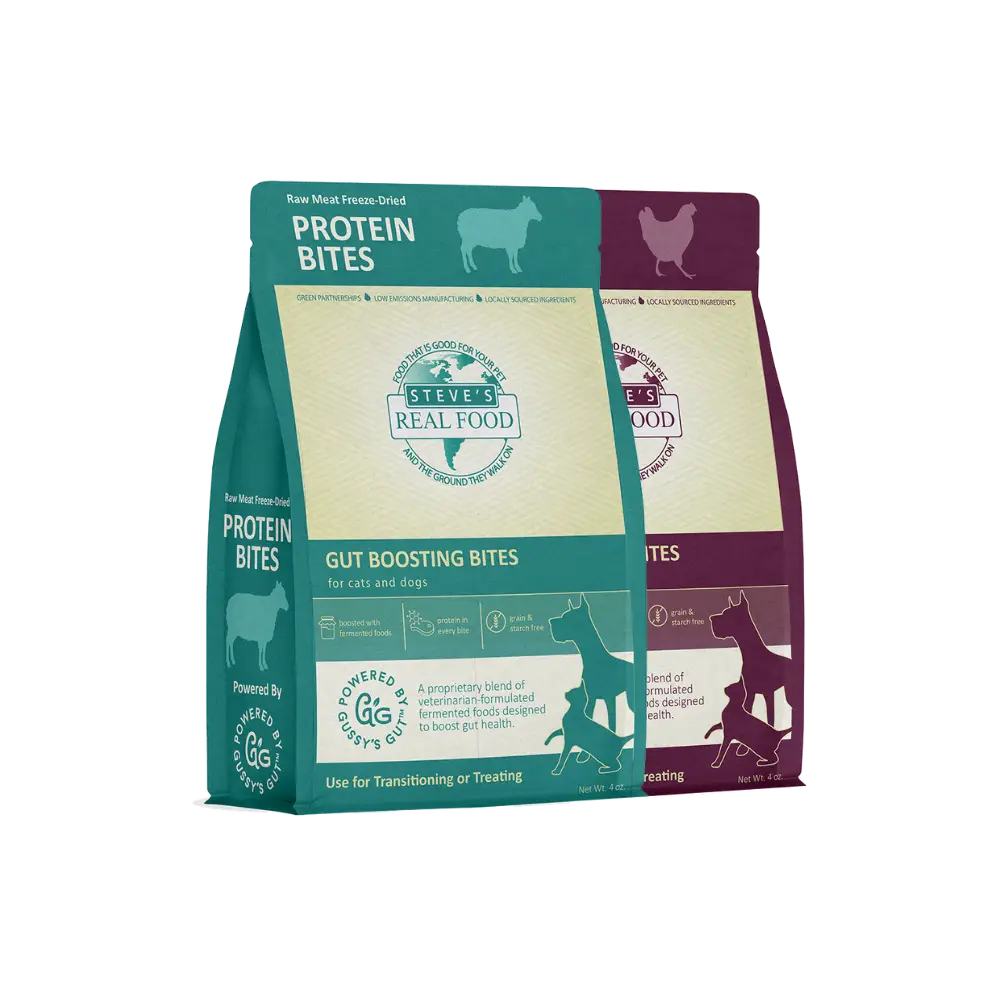 Freeze Dried Protein Bites
Freeze Dried Protein Bites
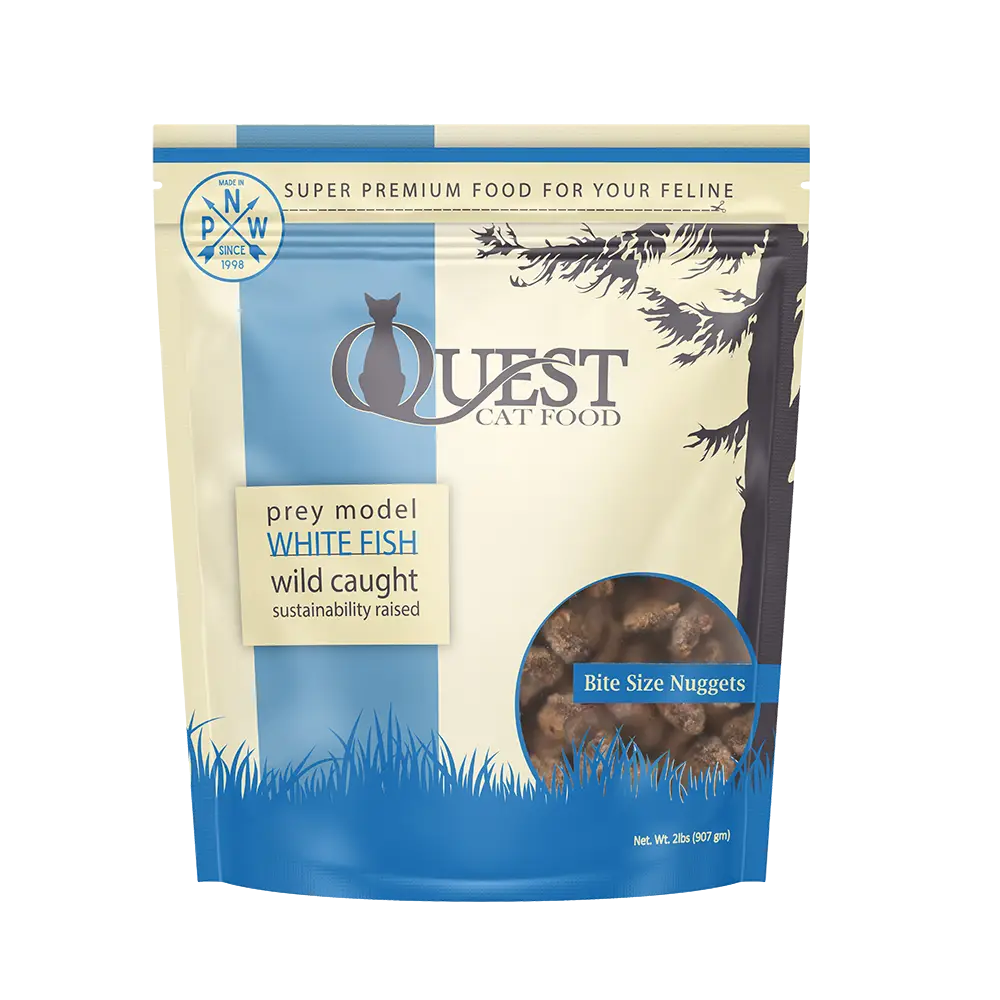 Frozen Quest
Frozen Quest
 Freeze Dried Quest
Freeze Dried Quest
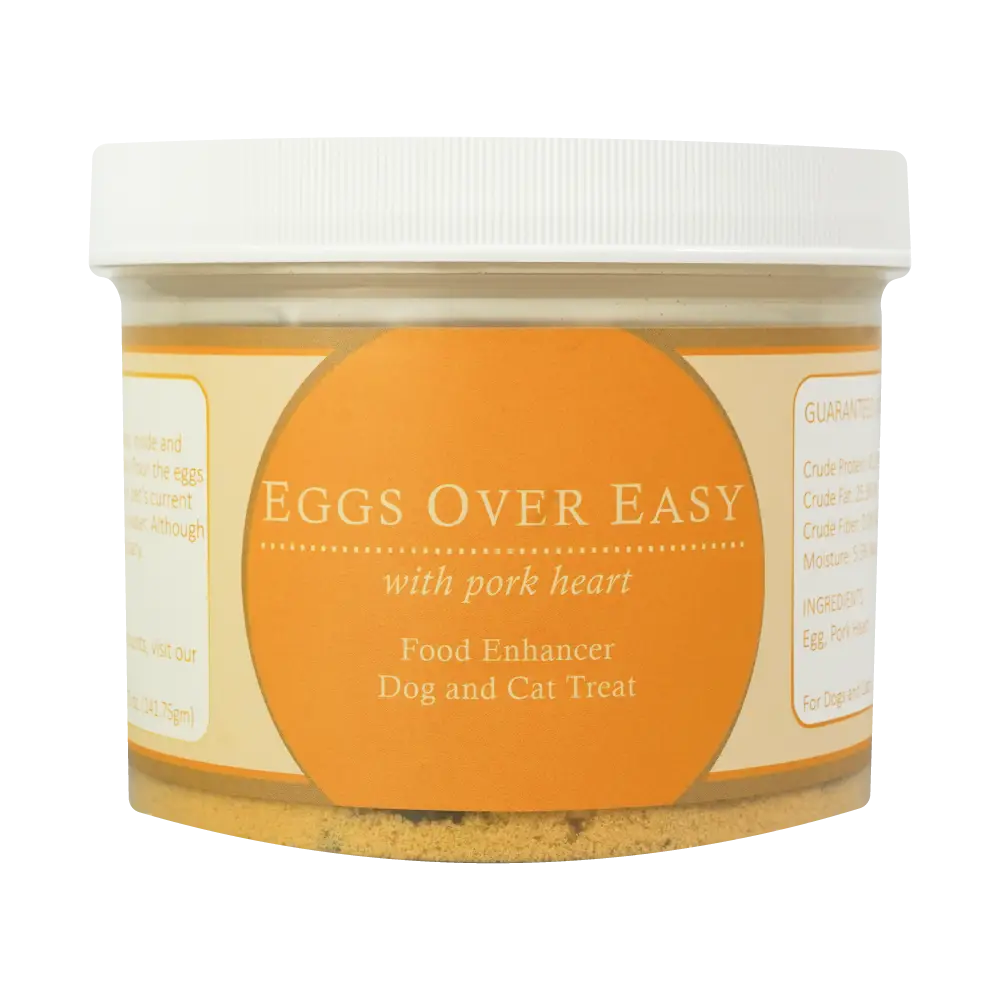 Eggs over Easy
Eggs over Easy
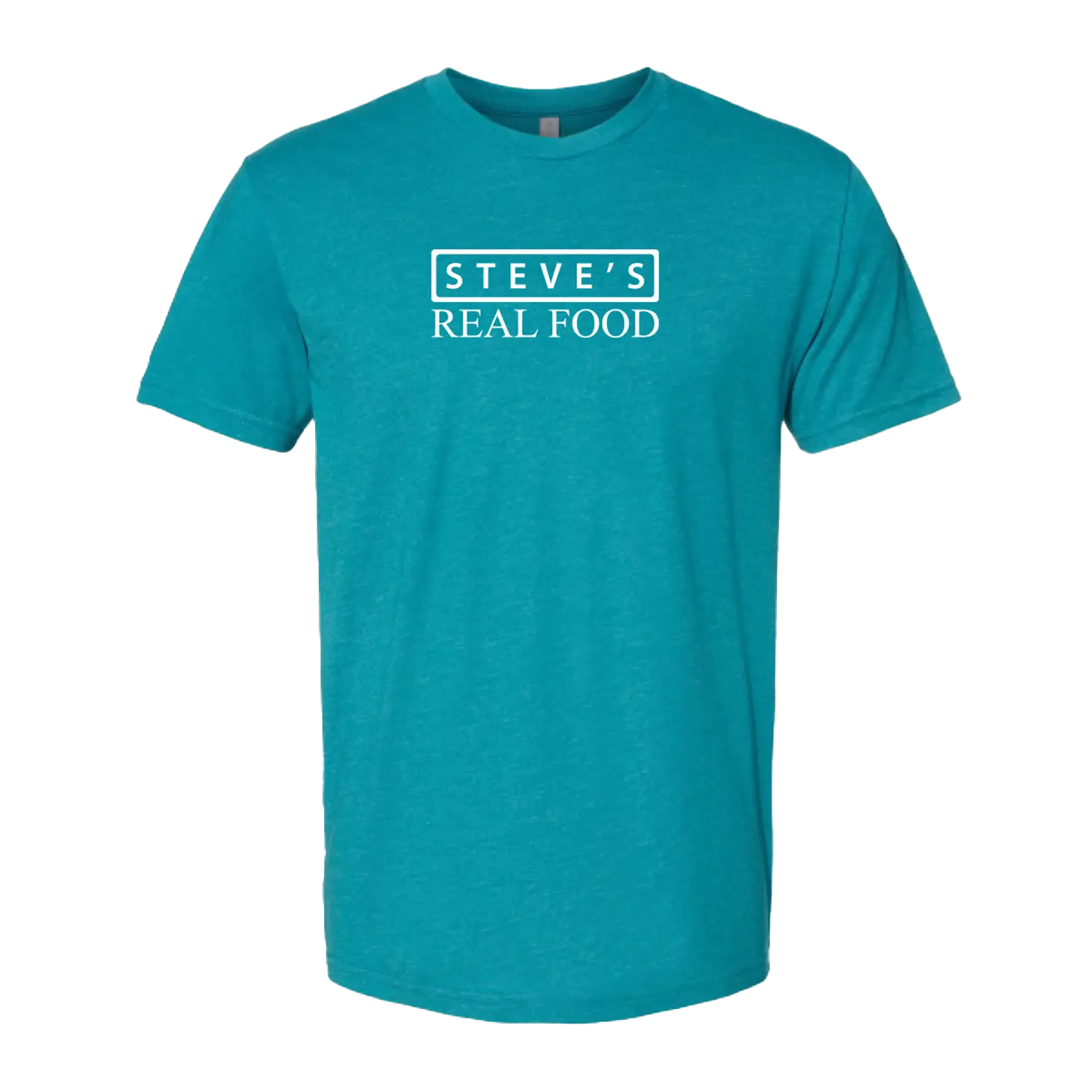 Steve's Merch
Steve's Merch 